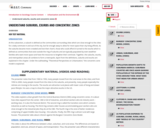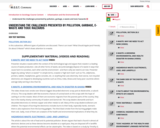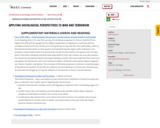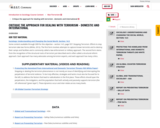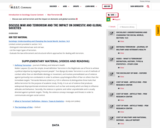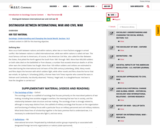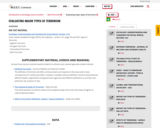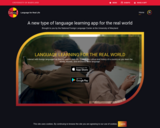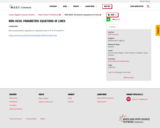
OER Text MaterialTheoretical Perspectives on Urbanization, Chapter 20The Human Ecology theory, and the concentric zone modal are used to explain urbanization. Human ecology which is a functionalist field of study looks at the relationship between people and their built and natural physical environments. According to this theory, urban land use and urban population distribution occur in a predictable pattern once we understand how people relate to their living environment. The concentric zone model views a city as a series of concentric circular areas, expanding outward from the center of the city, with various “zones” invading adjacent zones.
